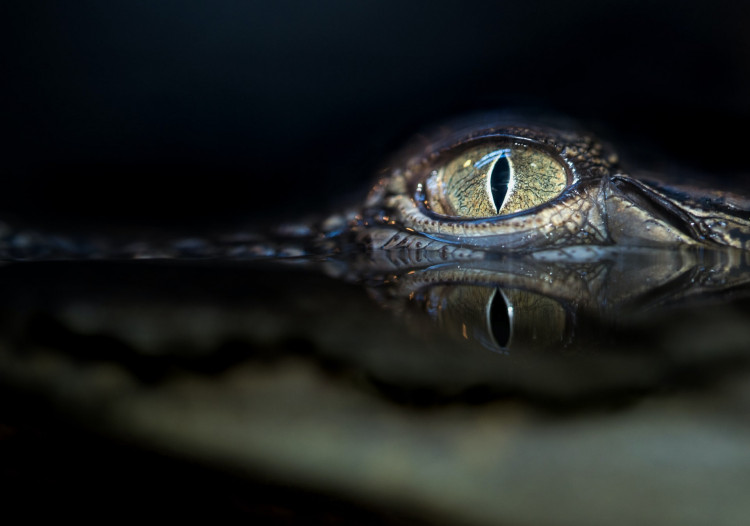A new species of crocodile from the Cretaceous period has been unearthed in Queensland, Australia, and its last meal was a baby dinosaur, scientists reported.
The fossilized bones of the ancient dinosaur-killing crocodile were discovered in 2010 at a sheep station near the Winton Formation, a geological rock deposit that is approximately 95 million years old.
According to a report describing the new species published in the scientific journal Gondwana Research on Feb. 11, scientists detected the partially digested fragments of a baby ornithopod inside the stomach of the 2.5-meter-long crocodile.
Scientists recently uncovered the ancient croc predator's remains - as well as its well-preserved last meal - in the Great Australian Super Basin, at a Cretaceous-era site (about 145.5 million to 65.5 million years ago).
The croc fossil was missing its tail, hind limbs, and much of its pelvis, but its skull and many other bones from the remainder of its body were still intact; it was over 8 feet (2.5 meters) long when it died and would have grown even larger if it had lived, according to the researchers.
The Australian Age of Dinosaurs Museum, which made the discovery, said in a statement that this is the first evidence of a crocodile preying on a dinosaur in Australia.
Crocodilians coexisted with dinosaurs for the first time during the Triassic period (251.9 million to 201.3 million years ago), and previous evidence suggests that they preyed on dinosaurs.
Tooth marks on preserved dinosaur bones (and, in one case, a tooth buried in bone) suggest that some crocodilians hunted dinosaurs or scavenged their carcasses.
However, paleontologists rarely uncover preserved gut contents in crocodilians, possibly because their intestines, like those of modern crocodiles, contained extremely corrosive acids.
The crocodile relative was named Confractosuchus sauroktonos, which is a mouthful yet offers a lot of information about the fossil.
According to the study, the unusual name - a new genus and species - is derived from Latin and Greek terms that collectively mean "broken crocodile dinosaur-killer."
This remarkable discovery is the first evidence that dinosaurs were consumed by massive Cretaceous crocodiles.
While the croc's stomach contents reveal that its most recent meal was a small dinosaur, the predator is also thought to have eaten other Cretaceous creatures. Dinosaurs were undoubtedly a regular part of their diet, the study notes.
The Confractosuchus sauroktonos is the Winton Formation's second crocodile to be named. In recent years, the rock bed has revealed significant scientific discoveries, including a 96-million-year-old pterosaur discovered in October 2019.






